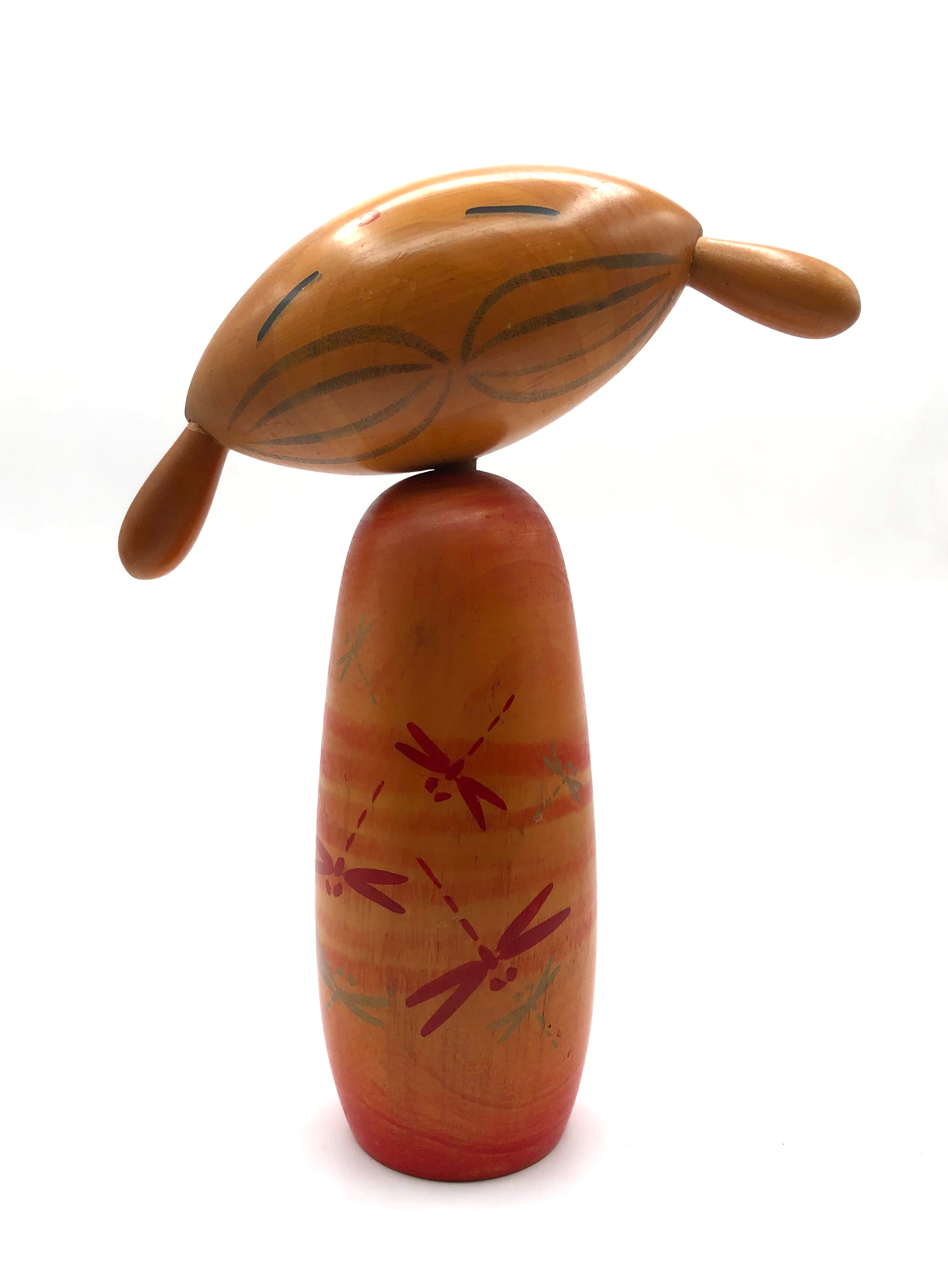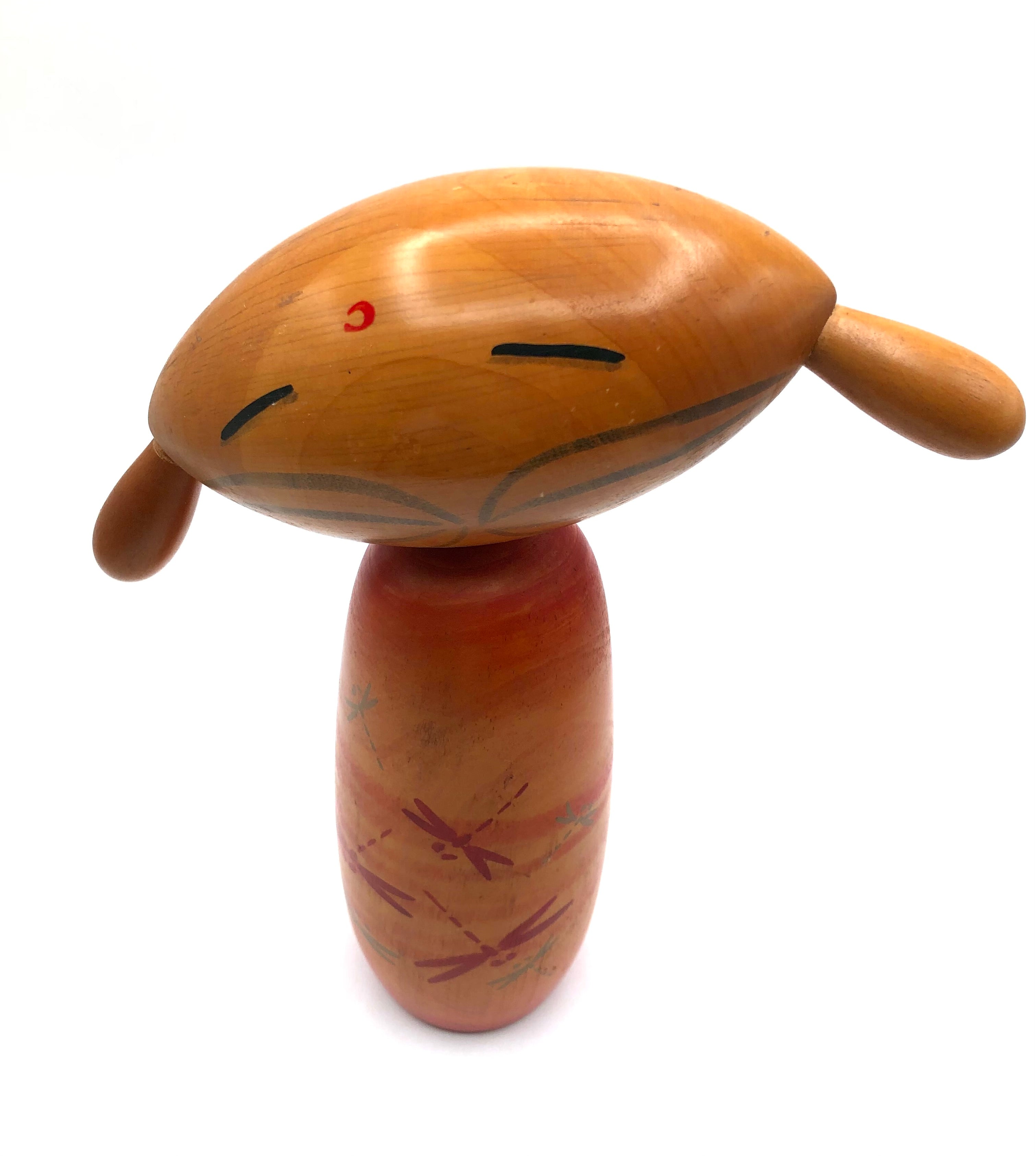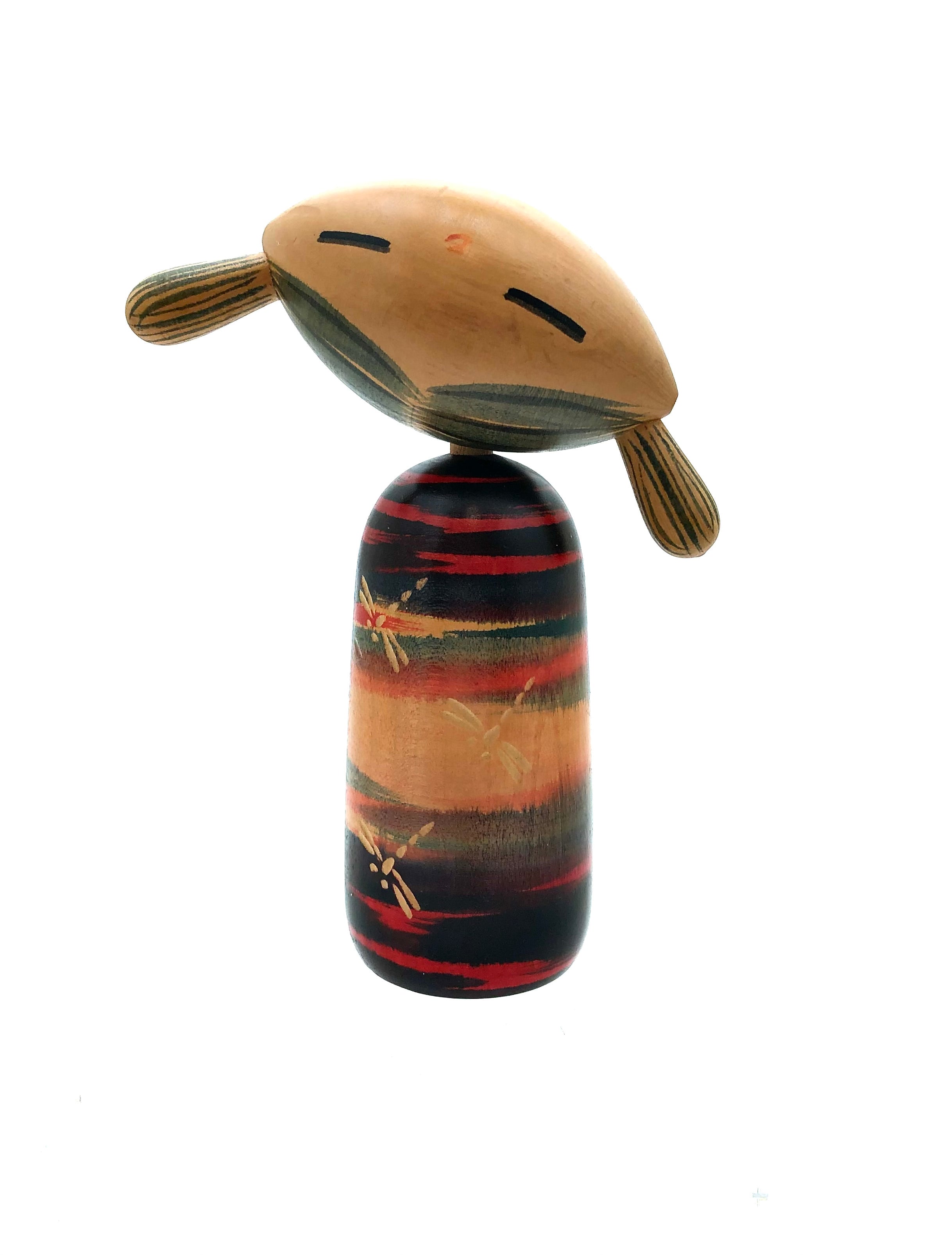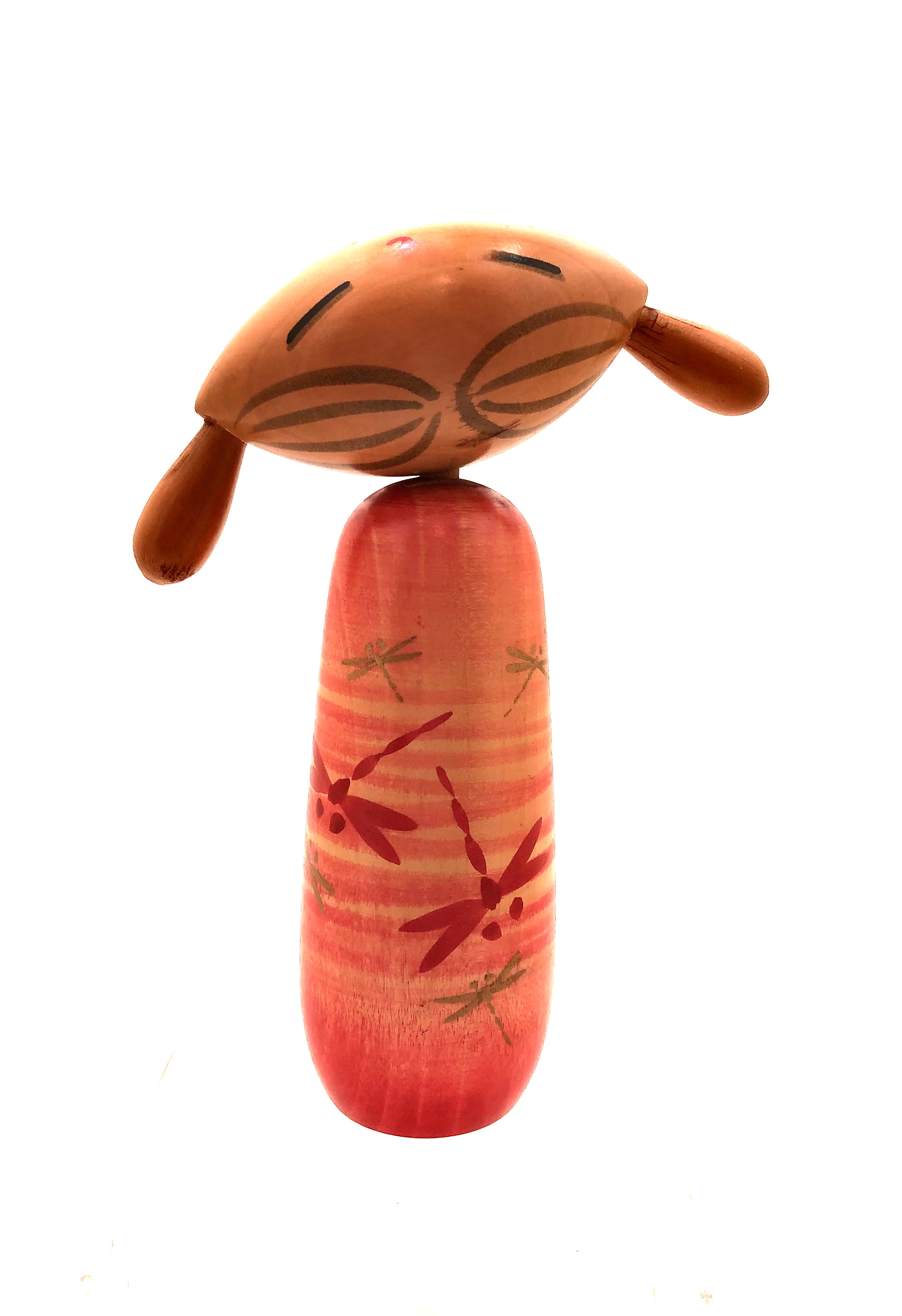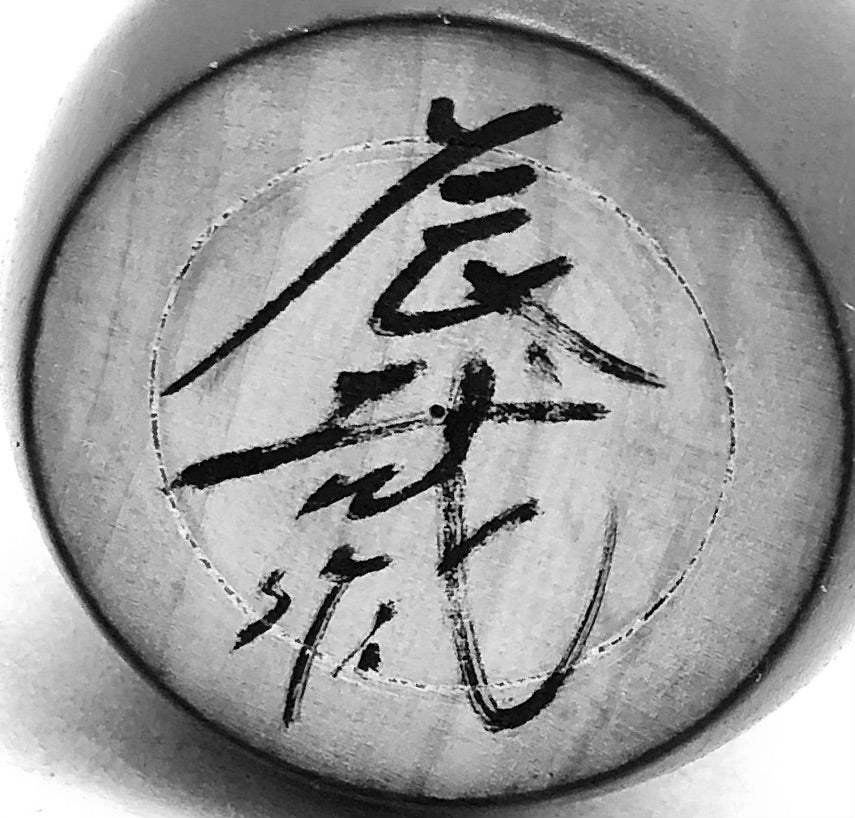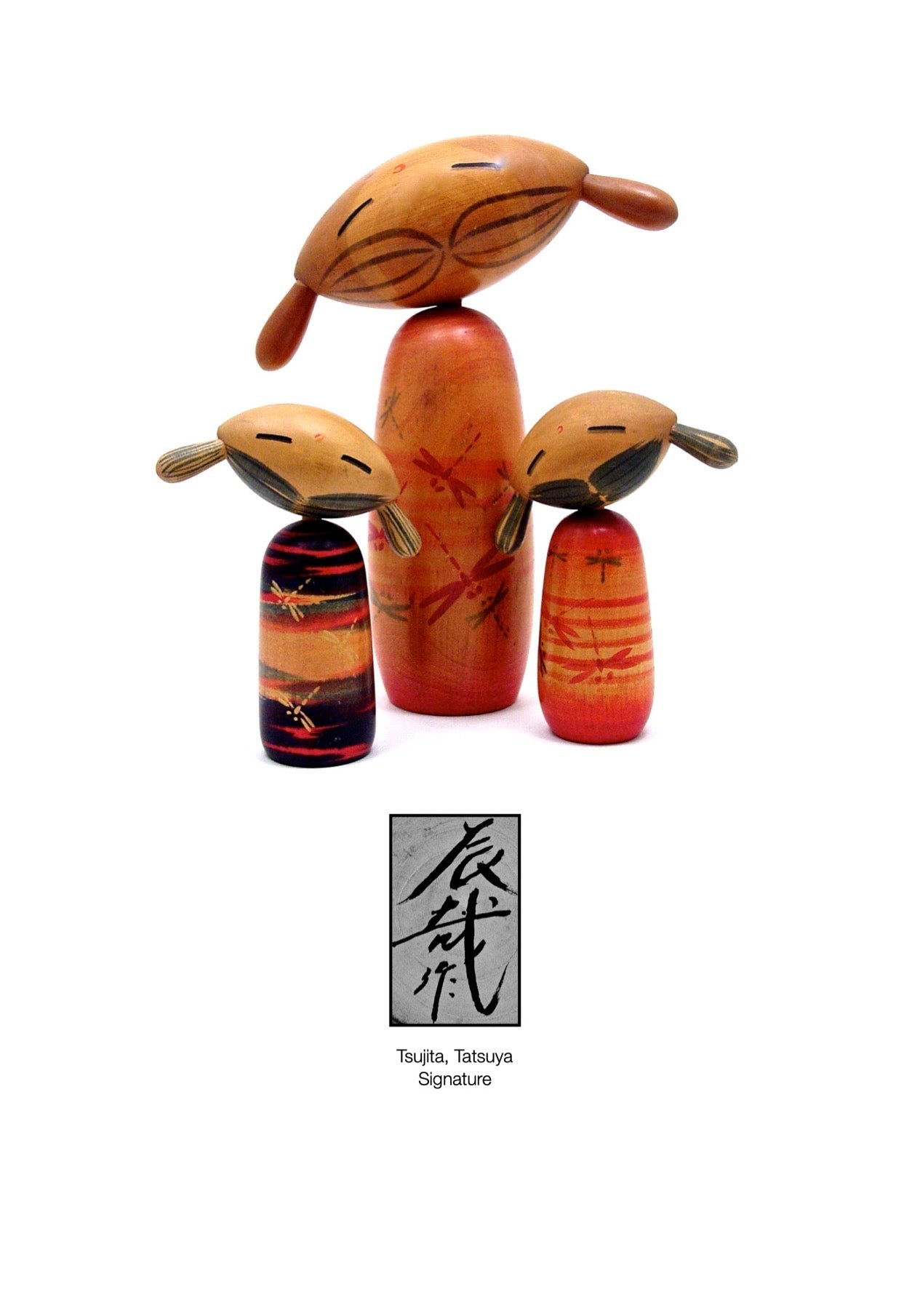
Artisan | Woodworker: Tsujita, Tatsuya
Biographical History:
There is little biographical data on Kato-san, other than it is possible that he is a son or relative of Ryozo. As collectors, we felt it was most important to represent all Sosaku Kokeshi artists, whether or not each artist has a written account of his/her life. We show the diversity of cultural values and the creative work produced by a multitude of artists. As a valued customer, Kokeshi collector noted, “Kokeshi collecting is a personal journey in this everlasting realm of Japanese esthetics”. DF
In researching old writings through articles and books that remain, it is evident that the Kokeshi Craftsperson not only created beautiful forms as toys, but also kept alive cultural values, customs, and fashion through the extensive representations of Kokeshi dolls. The beauty is in the doll and not the signatures, for most masters never signed their dolls. Later they named the dolls, but only when Westerners insisted on signatures because they did not know the artists, so the carvers began to sign their works, for the carvers wanted to promote sales to make a living, during the seasons that did not provide an environment to continue their otherwise daily work.
Collector's note – descriptive qualities, standard characteristics & ornamentation styles:
The only work we have found are these abstract representations of young girls moon watching, with pigtails flying, and wonderful Tonbo depicted on their clothing. They illustrate the contemporary nature surrounding Kokeshi making. These unique lathe-turned, hand-painted dolls show the technical competence of the artist. Tonbo is a symbol of the Samurai that represents “never giving up”, as the dragonfly doesn’t move backward. The dragonfly is perhaps the oldest symbol in Japan and is represented in many forms of art throughout the ages. The Nihon Shoki, the second oldest book of classical Japanese history, refers to Dragonflies as ‘Akitsu’. Very often, the Samurai wore clothes, or ornaments that showcased the Tonbo design, as a reminder to never give up, but instead look towards the future. And finally, September is time for moon viewing, (Taukimi), which these figures are positioned to enjoy.

